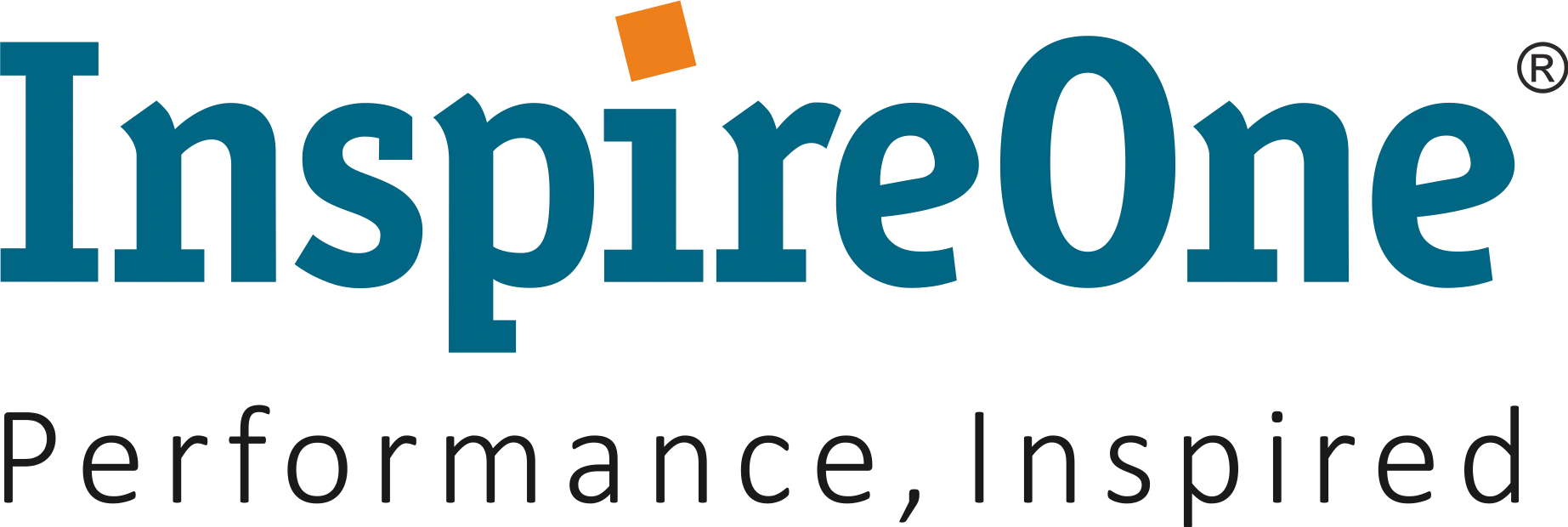The mid-managerial leadership is the life force of any organization – driving organizational vision, strategies and results on one hand and managing people, budgets, operational processes and people development on the other. Mid managers are also the force behind any change or organizational restructuring. Research has shown that the manner in which this onerous responsibility is deployed or not, accounts for 22.3% of variance in revenue.
Going back to the early 2000s, when the manufacturing and IT boom happened and economy surged at a growth rate of 8% GDP, there was an exodus of talent which required an acceleration of acquisitions at an unprecedented level. People, therefore, got opportunities to move into senior roles without really developing their leadership and managerial skills.
This led to a layer of mid managers who went up the levels without developing the competencies required for that level. In tenured organizations too, managers moved up the rungs by dint of being in the organization without developing base competencies. In order to strengthen the role of the managers, organizations started looking at creating robust competency frameworks. But most often these did not work, because, either the competency banks were too large, or the competencies were not aligned to the organisational strategies or were not aligned to what a manager was expected to deliver in a VUCAD business environment.
Organizational strategies kept changing as per business requirement, but the stagnancy in the competencies required by mid managers did not keep pace. To salvage the situation, organizations started conducting manager development programs which seemed to vacillate between either being too glamorous or a more run on the mill routine programs. Either they were way above what the managers needed, or they were not at all aligned to the managers “complete” role and the processes they were required to deliver on. This could be a key reason why managers have been reported to operate at only 55% effectiveness, in one of the studies.
In the current business scenario, the focus is to develop leaders who are integrators of organizational strategies and practices, facilitators towards building and developing leadership pipeline and implementors of excellence in delivery of complex initiatives. Keeping this criticality of role of mid managers, organizations are trying to bridge the gap in the manager development program by focusing on creating individual development plans, use of 360-degree assessments, customized executive coaching sessions, role/competency-based interventions or values/culture-based interventions. The aim is to focus on shifts that matter, creating an organizational journey, designing the transfer of learning and ensuring that learning is linked to their key role and is completely applicable to the challenges faced by managers.
Case Example
Let’s look at an initiative, where the principles of a robust manager development program were applied for the mid management of a large manufacturing organisation. A comprehensive development plan was curated for its 350 participants across Sales and Service roles. The 9- month capability and application journey aimed at helping them perform better in their current roles and enhance Share of Market (SoM). As part of this learning journey detailed pre-work and customization was done to blend product and process knowledge with functional & managerial competencies. The blended solution comprised:
- Pre:
- Product training,
- Self-assessment,
- Pre-micro skill building through Master-O™ (a learning app on the mobiles),
- Case study
- Instructor led workshops interspersed with group coaching sessions
- Post:
- Micro skills on Master-O™,
- Action learning projects aligned to business priorities
- Supervisor’s assessments
- Self-assessment
- Assessment of the action learning projects for the certification process. These were assessed by a panel of leaders on the basis of learning and business impact
The initiative saw widespread participation, not only from the participants of the journey, but also the supervisors and senior leadership. The leaders aided by the L&D team created the right ecosystem for learning and application by fostering learning agility and learning sustenance by ensuring proper certification to its participants.
Bibliography
Byrnes, J. (2005, December). Middle Management Excellence. Retrieved from Massachusetts Institute of Technology : http://web.mit.edu/jlbyrnes/www/20051205.shtml
Effective Managers. (2019). Retrieved from Sage Effective Managers : https://effectivemanagers.com/research/
Hirsh, E. M. (2017, March ). Why Being a Middle Manager Is So Exhausting. Retrieved from https://hbr.org/2017/03/why-being-a-middle-manager-is-so-exhausting
Jay Klagge, A. S. (1996). The Leadership Role of Today’s Middle Manager. Retrieved from Research Gate: https://www.researchgate.net/publication/254115577_The_Leadership_Role_of_Today’s_Middle_Manager
Leadership, B. (2016). The results are in: Borderless Leadership Development Survey 2016. Retrieved from Borderless Leadership: https://www.borderless.net/the-results-are-in-borderless-leadership-development-survey-2016/







